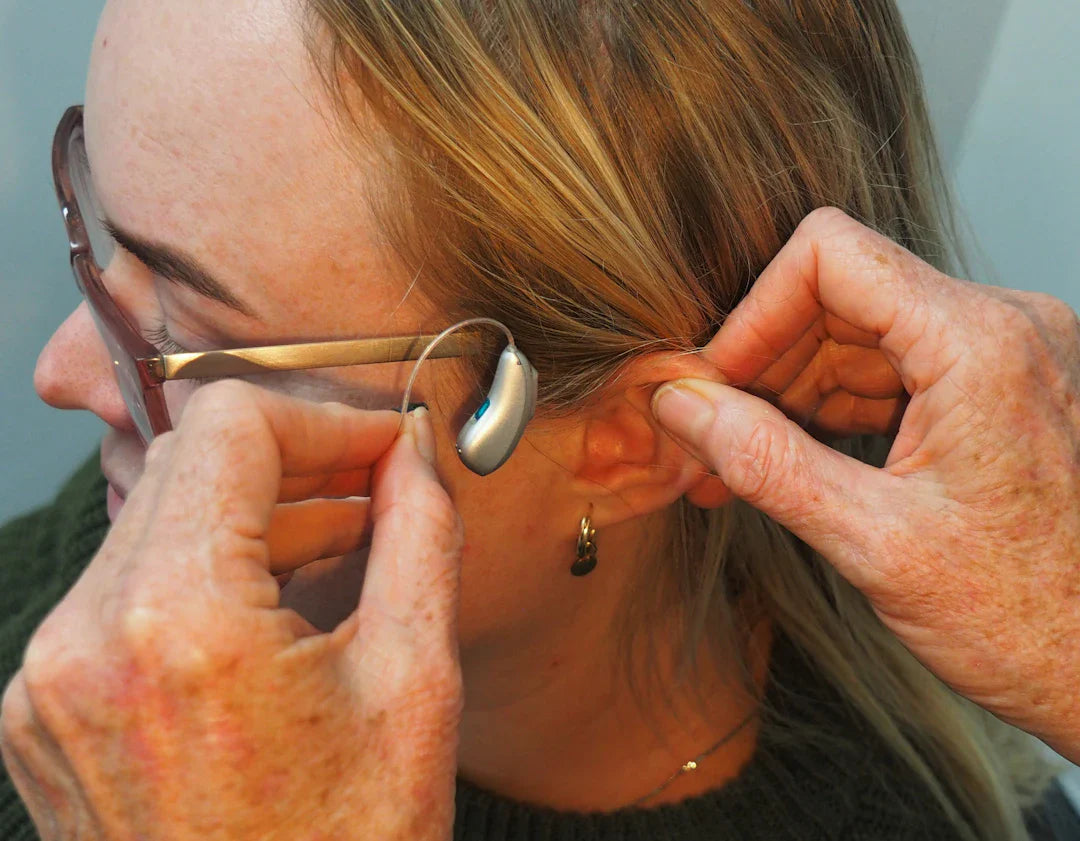Frequently Asked Questions
1. Why is regular maintenance important for hearing aids?
2. What are some daily maintenance tips for hearing aids?
3. How often should I check the battery life of my hearing aids?
4. What should I do if I notice physical damage to my hearing aids?
5. What types of hearing aids require different maintenance approaches?
Hearing aids are an invaluable tool for those with hearing loss, allowing individuals to fully engage with their surroundings and enjoy life to the fullest. Just like any other piece of technology, regular maintenance is crucial to ensure they function at their best. Whether you are using hearing aids for active lifestyles or working towards boosting your audiology knowledge, it’s essential to know how to care for them properly. This guide will delve into handy tips and tricks for maintaining your hearing aids, ensuring they'll serve you well for years to come.
The Importance of Regular Maintenance
Caring for your hearing aids is not just about extending their lifespan; it also directly affects your hearing experience. Hearing aids can accumulate dirt, wax, and moisture over time, which can impact sound quality and overall performance. Regular maintenance helps to prevent issues that could compromise the functionality of your devices. Moreover, understanding how to care for your hearing aids will empower you to make informed choices and adjustments suited to your lifestyle.
Daily Maintenance Tips
Incorporating some easy daily practices into your routine can profoundly impact the longevity and efficiency of your hearing aids. Here are some quick tips you should consider:
1. Keep Them Clean
One of the simplest yet most effective ways to maintain your hearing aids is by keeping them clean. Use a soft, dry cloth to wipe down the outer surfaces of your devices each day. Remember to avoid using water or cleaning solutions that could damage the electronic components. Special cleaning tools that come with your hearing aids, such as brushes or wax picks, can help you remove any earwax that may accumulate on your devices.
2. Store Properly
When you’re not wearing your hearing aids, it’s important to store them in a cool, dry place. Consider using a protective case designed specifically for hearing aids to shield them from dust and moisture. It's also wise to keep your devices away from extreme temperatures or direct sunlight which could cause damage.
3. Turn Them Off
When you’re not using your hearing aids, turn them off to conserve battery life. This extends the lifespan of the batteries and ensures you continue to enjoy top-notch sound quality every time you put your hearing aids on.
Weekly and Monthly Maintenance Routines
As part of a comprehensive maintenance plan, consider implementing routine checks on a weekly and monthly basis. Here’s what you should focus on:
1. Check Battery Life
Monitoring your hearing aid battery life is essential. Make it a habit to check the batteries once a week, and if they are running low, replace them promptly. Keeping spare batteries on hand is advisable, especially for those with active lifestyles who may need to charge and use their devices often.
2. Inspect for Damage
Every week, inspect your hearing aids for any physical damage, such as cracks or signs of wear and tear. If you notice any issues, it’s best to consult with your hearing care professional before the problem intensifies.
3. Perform a Deep Clean Monthly
Once a month, perform a more thorough cleaning of your hearing aids. This includes cleaning the microphone ports and tubing, as this helps maintain optimal sound quality. You can use a drying kit to keep your hearing aids moisture-free, especially if you live in an area with high humidity.
Understanding Wireless Hearing Aids
If your hearing aids feature wireless technology, they may require a slightly different maintenance approach. These devices often come with companion apps that can assist in managing settings and troubleshooting. Below are a few tips for those using wireless hearing aids:
1. Update Your Firmware
Just like any other technology, it’s crucial to keep your hearing aids updated. Regularly check for firmware updates through the companion app or your audiology professional. These updates can improve the functionality of your devices and ensure they perform at their best.
2. Connectivity Checks
Make sure your hearing aids remain connected to your devices like smartphones or TVs. This can enhance the overall experience and allow for easier adjustment of settings. If you encounter connectivity issues, restart both your hearing aids and the device, and ensure that you are within range.
Seek Professional Help
While many aspects of hearing aid maintenance can be handled at home, it’s crucial to remember that professional support is available when needed. Regular check-ups with an audiologist will help ensure your hearing aids function optimally:
1. Annual Hearing Assessments
Make it a point to visit your audiologist for annual hearing assessments. These appointments help assess the progress of your hearing condition and provide insights into whether any adjustments are needed for your hearing aids.
2. Professional Cleaning and Servicing
An audiologist can offer thorough cleaning and servicing of your devices. This ensures all elements function properly, extending the life of your hearing aids and maximising their efficiency.
Adapting to Lifestyle Changes
As with many aspects of life, our needs change over time. If you lead an active lifestyle, your hearing aid maintenance may need adjusting to accommodate various environments and activities:
1. Outdoor Activities
If you’re regularly exposed to outdoor elements, consider investing in a hearing aid that is water-resistant or specifically designed for active use. Remember to check for moisture build-up daily, especially after a day spent outdoors.
2. Travel Tips
When traveling, bring your maintenance kit which should include cleaning tools, spare batteries, and a protective case. Taking care of your hearing aids while on the go will ensure that they remain functional, no matter where in the world you are.
Understanding Hearing Aid Types
There are various types of hearing aids available today; understanding their differences can aid in their maintenance:
1. Behind-the-Ear (BTE)
BTE hearing aids are often larger and have more robust batteries. Their design generally allows easier access for cleaning and battery replacement, making them ideal for those who require a device for an active lifestyle.
2. In-the-Ear (ITE)/In-the-Canal (ITC)
These smaller devices fit directly into the ear canal. Due to their compact size, they may require more meticulous care, especially regarding cleaning and moisture management. Make sure you handle these with care to avoid damaging delicate components.
Final Thoughts on Keeping Your Soundscape Divine
Maintaining your hearing aids doesn’t have to be a daunting task. By implementing a few simple daily and monthly practices, you can significantly enhance the life and performance of your hearing devices. Remember that your hearing aids are investments in your quality of life, and the better you care for them, the better they will serve you. Embrace the journey of hearing and make it as pleasurable as possible. With regular maintenance, you can create an extraordinary sound experience that complements your active lifestyle!




